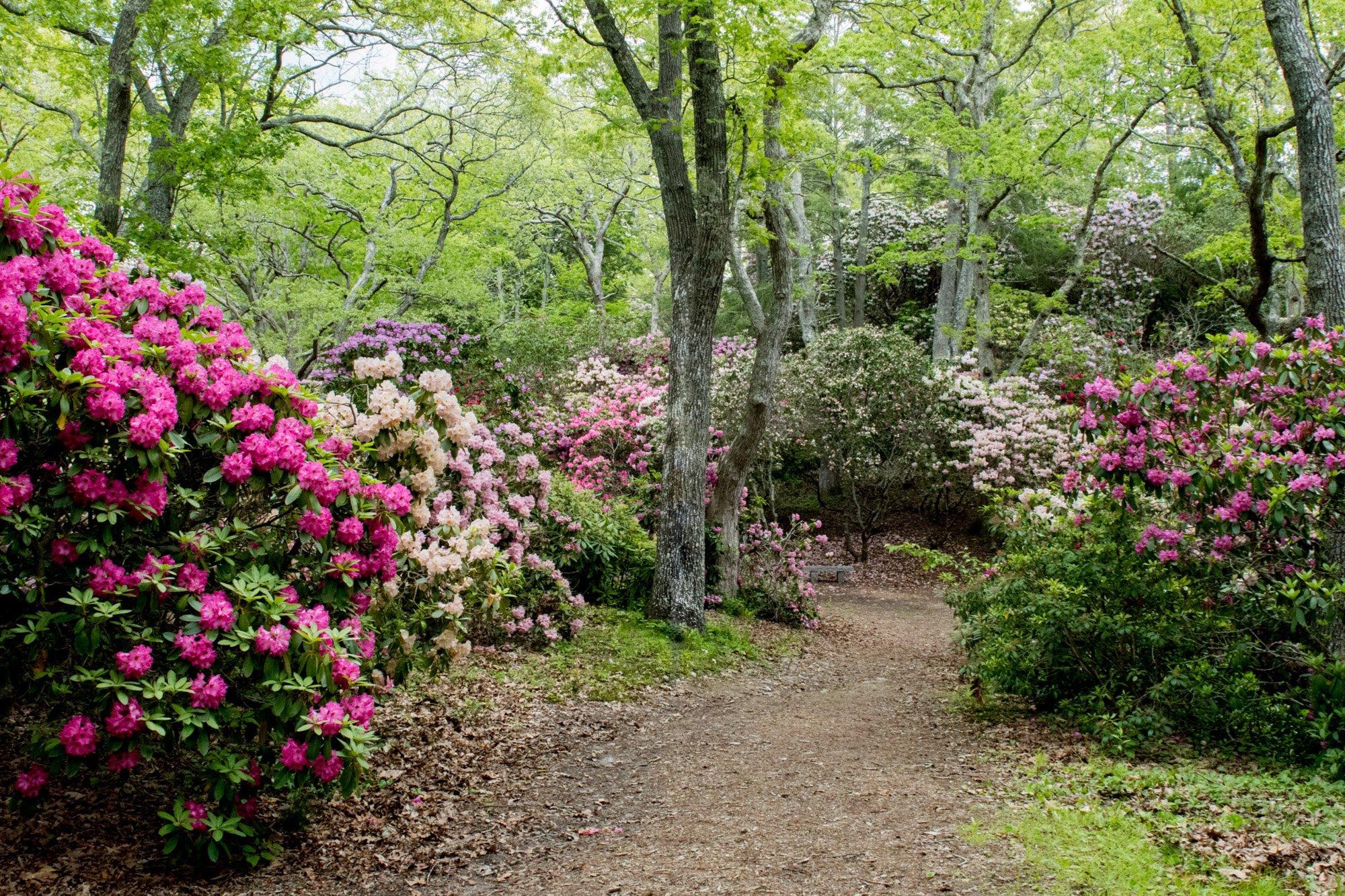Garden Planning
By: Les Lutz, Director of Horticulture
March is such a hopeful month. There are signs all through the garden that winter is slowly losing its grip on the landscape and spring is starting to show itself. The Witch-hazels are finishing their late winter show and buds are slowly starting to swell on the maples. Seeing plants like narcissus emerging and crocus flowering we start to get excited about warmer weather and getting back outside.
Having a plan is key to the development of your garden. Buying seeds is a great way to start. I begin the year by buying a variety of seeds and gearing up for the upcoming season. And don’t feel guilty about buying too many seeds. You can always use them next year, and besides, there’s always room to fit a few more plants in the yard. Early in the year, I scour the seed catalogues for new and interesting plants to use when choosing annuals and perennials for the upcoming season. Seed catalogs are also great places to find ideas on plant combinations to create wonderful garden spaces.
With my seeds and a garden design in hand, I next head to my computer to create a spreadsheet for all the seeds I’ve purchased. A spreadsheet is very helpful with planning for succession in the garden. Succession planning for your garden allows you to ensure something interesting is always happening in your garden. On the spreadsheet, I have columns for when to start the seeds, when to plant them out, when to expect them to flower, and when to expect them to be done flowering for the season. Very few plants flower all season and having a plan for when various plants come into flower, and eventually go out of flower, gives you the information needed to plan to replace plants as they go out of flower. You can also add flowering dates to your spreadsheet and organize the garden so there’s always something in flower.
Now is also the time to choose summer flowering bulbs and make sure you’ve planned room for them in the garden. Summer flowering bulbs (I use the word loosely as many are tubers or corms) can be anything from non-hardy plants like begonias, cannas, caladiums and, dahlias to hardy summer flowering bulbs like crocosmia and lilies. Many of these plants can be ordered now and planted as soon as the threat of frost has passed. Summer bulbs can add another dimension to a landscape. Plants like crocosmia are mostly grown for their flowers and not foliage. In fact, they can be hidden in the garden and offer a nice surprise when they flower. They offer another dimension to the landscape and allow you to fill voids in the garden.
And while you’re probably not thinking about fall, it’s never too late to plan for what’s in bloom as the season ends. While you have the catalogs open and you have some time while waiting for the weather to warm, add a few plants to the list that will help continue the season late into the coming year. It’s never too soon to make a plan.








